Why Item Analyses In Assessment Are So Important
Item analyses in assessment are important because they offer insight into what a student actually understands.
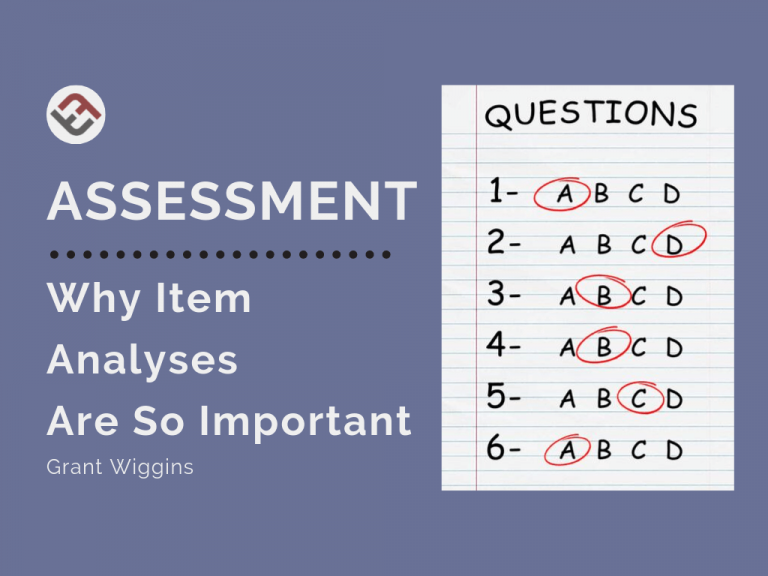
Item analyses in assessment are important because they offer insight into what a student actually understands.
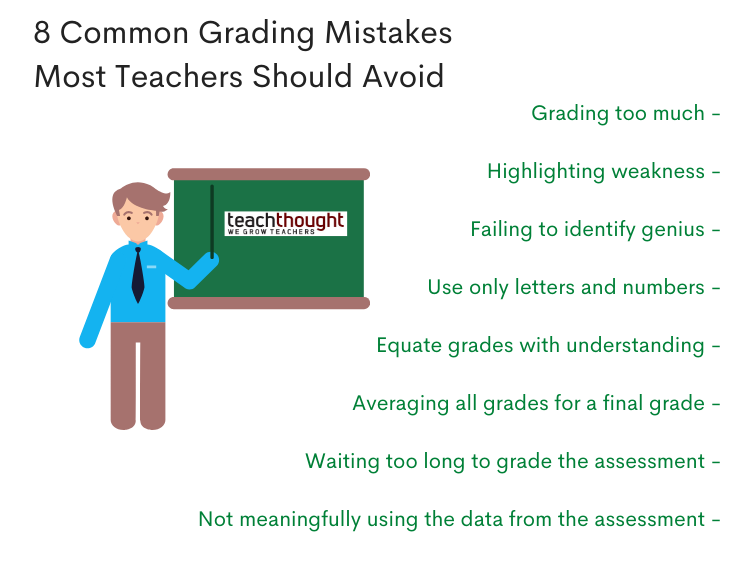
Our system of letter grades is a lot of work for teachers and punishes some students. Here are 8 grading mistakes teachers should avoid.

Assessment matrixes can be used by teachers to think about rigor when designing assessments to think more clearly about cognitive demand.
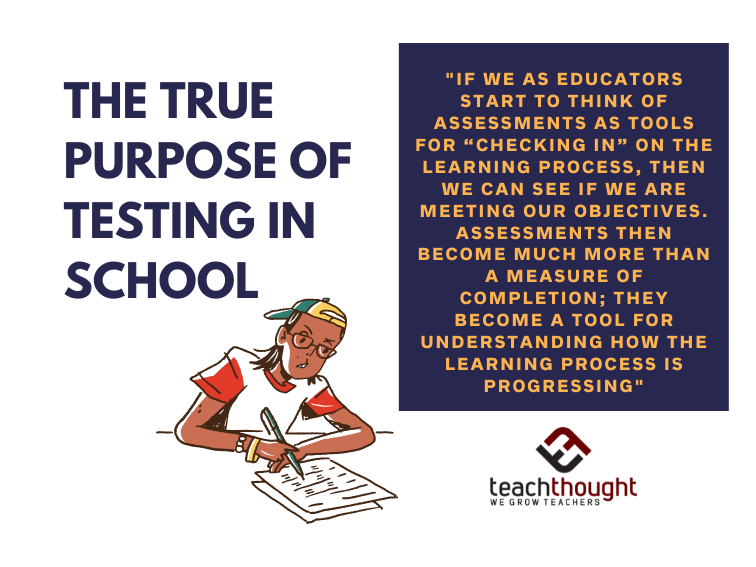
Beginning with the end (stating what the goal of a learning experience should be) can ease the ambiguity of assessment’s role in the process.
Let’s Focus On Local Assessment by Grant Wiggins, Authentic Education If you agree that the track we are going down on high-stakes one-shot testing of every student in terms of Common Core is unproductive and unsustainable, I have a modest proposal to make about how to ditch the tests but move Common Core standards forward. Let’s use…
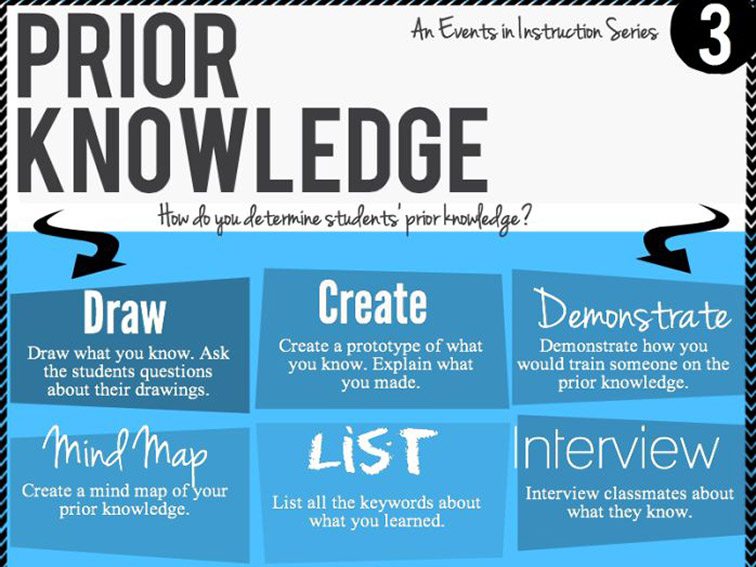
The purpose of assessing background knowledge is not to get everyone on the “same page,” but to make what a student knows visible.
3 Questions To Consider Before You Give A Test by Judy Willis M.D., M.Ed., radteach.com What should a test “do”? We know that tests limited to rote memorization are inappropriate when used as a primary source of grading or evaluation of understanding. However, that doesn’t mean it has to be that way–especially if they precede instruction and provide…
Few understand what validity means in assessment and how it is determined. This confusion leads to various unhappy and important consequences.
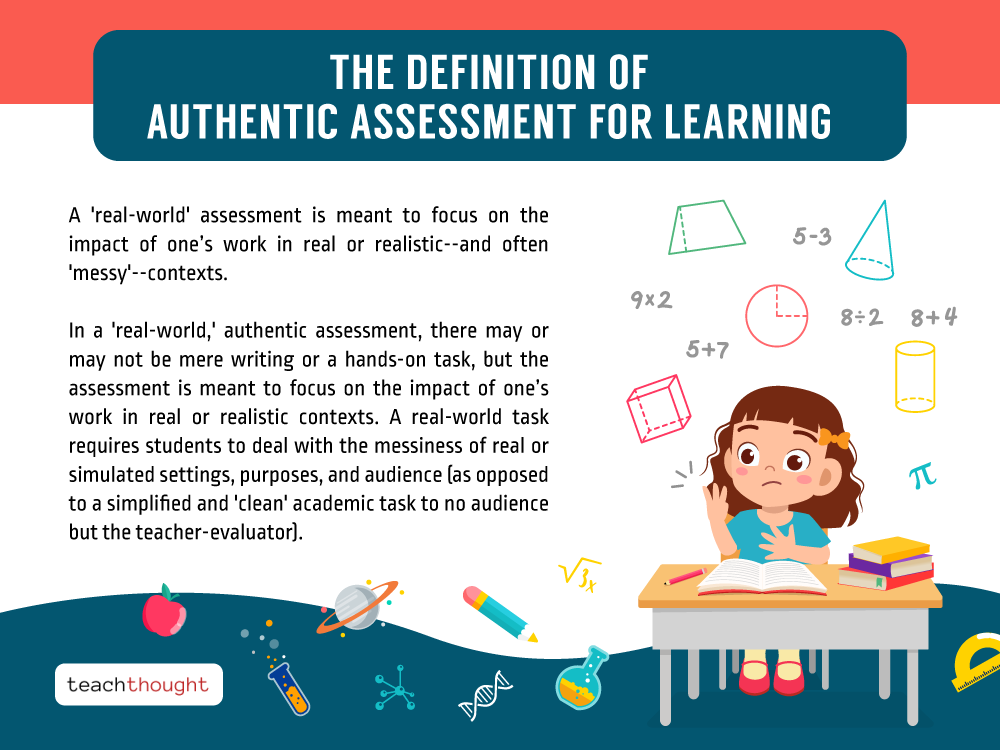
A ‘real-world’ assessment is meant to focus on the impact of one’s work in real or realistic–and often ‘messy’–contexts.
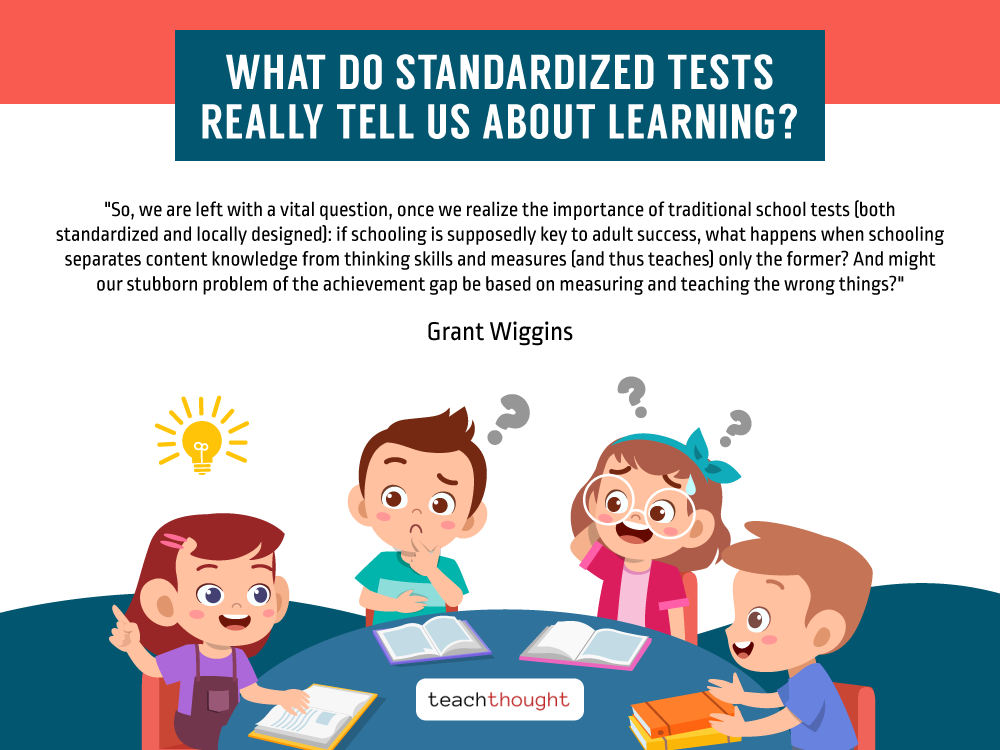
In a recent study, researchers examined the relationship between student cognition and school achievement as measured on standardized tests.
There are (at least) 3 aspects of rigorous assessments: appropriateness, purpose, and promotion of understanding.
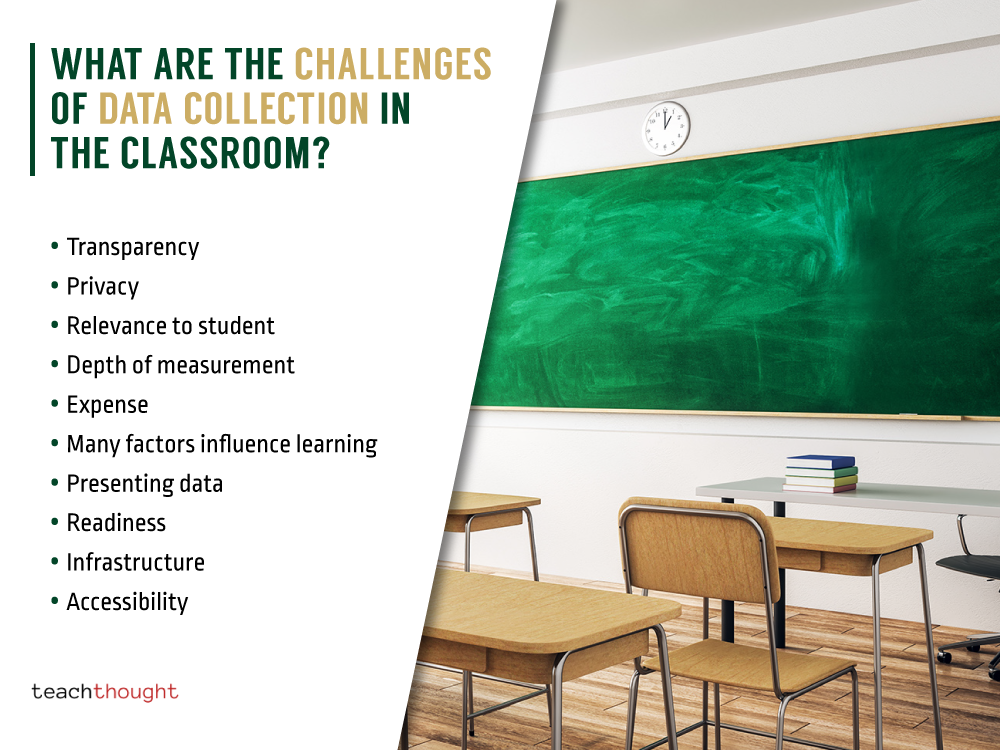
How do we display data so that it is accessible? If teachers are given this data, what do they with it to improve outcomes for students?
End of content
End of content